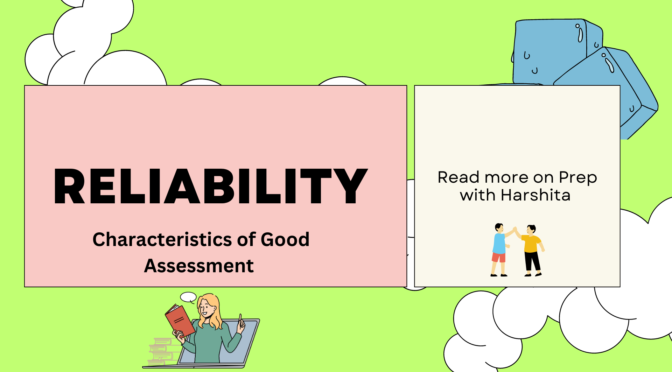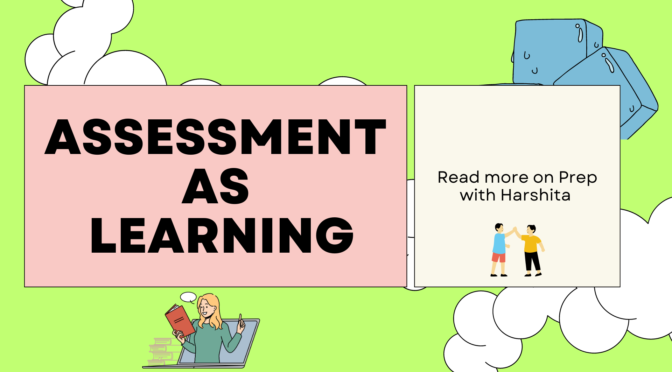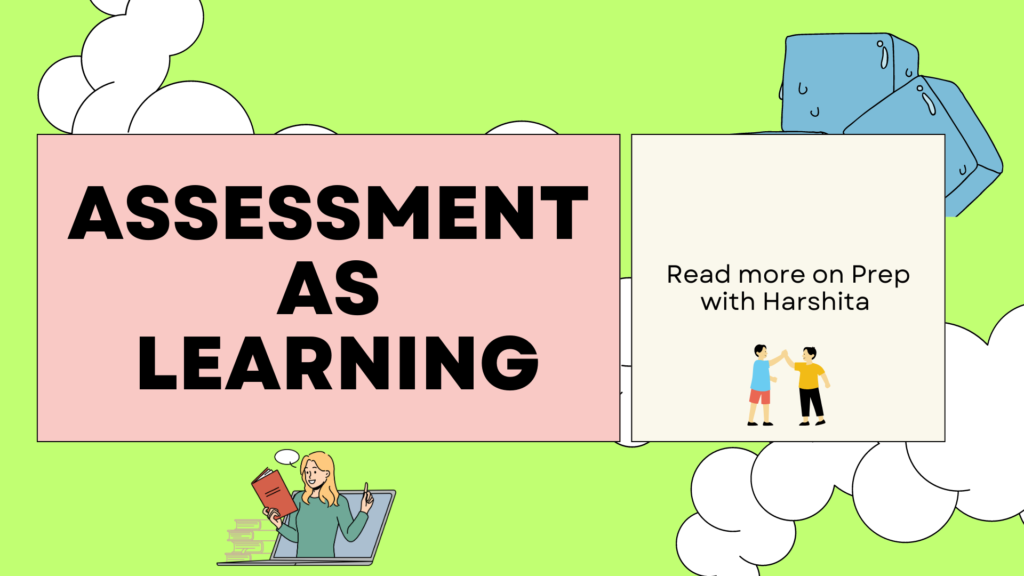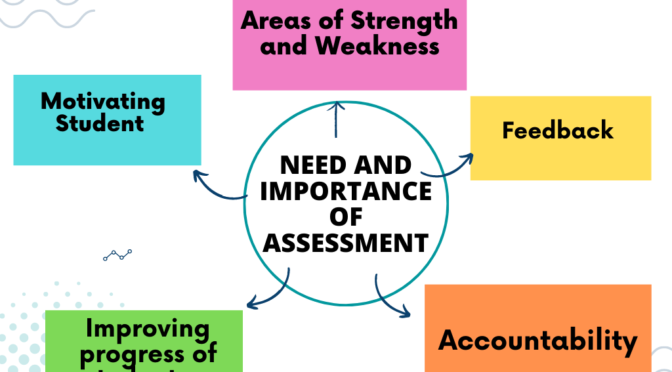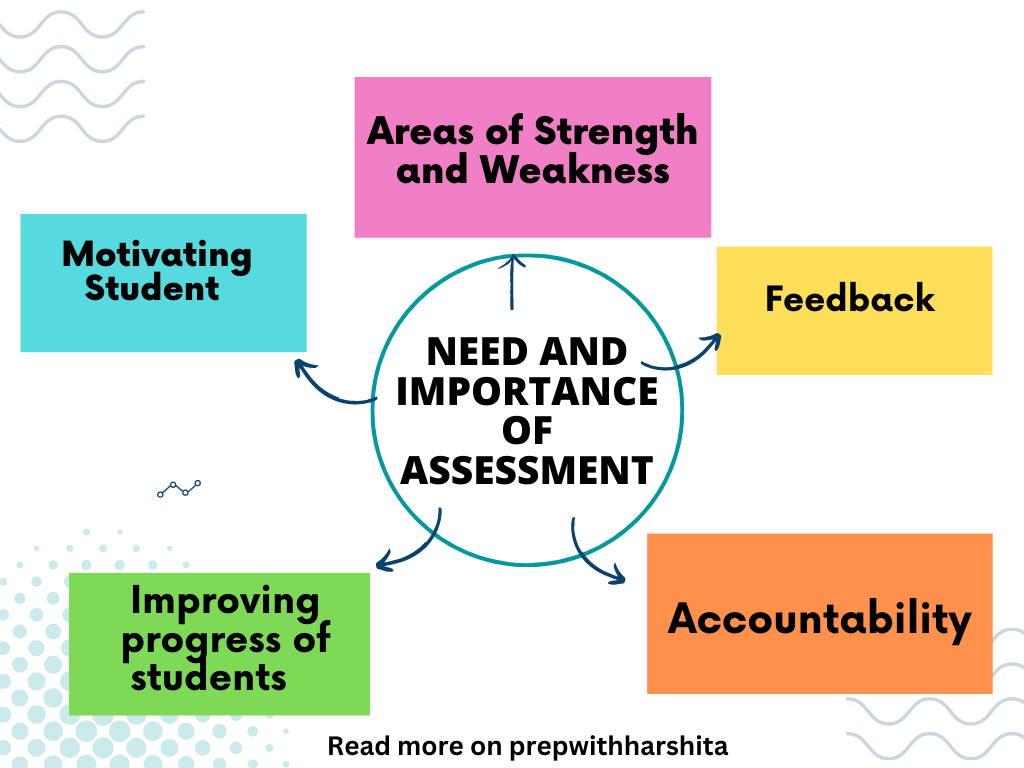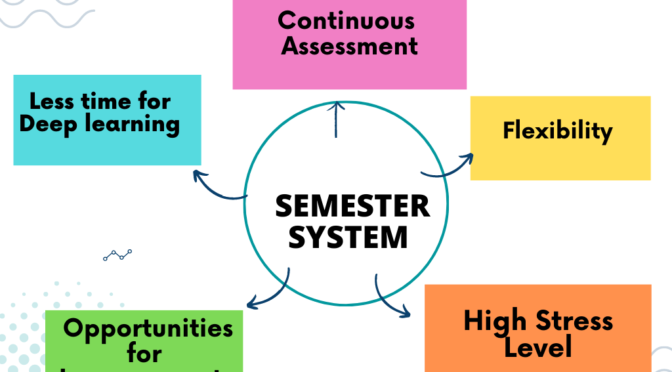Reliability is an important criterion of a good test/tool. Reliability refers to consistency. A test that shows a consistent result in its frequent uses in different
situations and places is called the reliability of the test. The other synonyms that can be used for getting the reliability of the test are dependability, stability, consistency, predictability, accuracy, etc. It implies that the reliable test always provides a stable, dependable, accurate, and consistent result in its subsequent uses.
Meaning and Types of Reliability
Test-retest reliability:
- Test-retest reliability means the same test is administered twice on the same group of samples within a given time interval and correlation is calculated between the two sets of scores (first and second administration). If the coefficient of correlation is positive and high, it is considered that the test is reliable. Let us discuss the procedures of using test-retest reliability.
Limitations of using the method:
- As the same test is administered twice on the same group, there will be the threat of carry-over effect, which means, during the second administration, the candidates may remember many items from the first administration.
- The scoring of the second administration is usually high than the first one.
- Maintaining a gap of time between the test and re-test is also again one of the important aspects of determining the exact value of reliability. If the time gap is very less, then the carry-over effect will be high and on the other side, if the time gap is very high, the maturity effects of the candidates may hamper the test results.
- This method is not free from errors. Memory, carryover, practice, and maturity effects are high in this technique.
Parallel-Form Reliability :
Because of the error factors in the test-retest method, the parallel-form method is one of the alternate methods of the test-retest method and it can minimize many of the errors that occurred in the earlier method. In the parallel form method, two parallel tests are prepared keeping in consideration equivalence in all aspects such as similarities in content, objectives, types, and number of items, the time allowed in both the tests, level of difficulty, discrimination value, conditions of use, etc.
Limitation of parallel form method :
The parallel form method is also not completely free from errors. There are possibilities of making errors in this method also:
- Practice and carry-over effect is not totally minimized, as both the tests are equivalent in nature in many respects except only the items are different and a time interval of 15 days to 6 months is given for testing the second form of the test. During this period, there is a chance that 29 Criteria of a Good Tool the students may practice similar content and items, and hence chances for getting better scores in the second test are generally more.
- Preparing two parallel forms of tests is also a complex task.
- This method is comparatively time taking to get reliability.
Internal consistency reliability :
Internal consistency reliability indicates the homogeneity of the test. If all the items of the test measure the same function or trait, the test is said to be a homogeneous one and its internal consistency reliability would be pretty high. The most common method of estimating internal consistency reliability is the
(a) Split-half method
(b) Rational equivalence method.
Also Read: Characteristics of a Good Research Tool
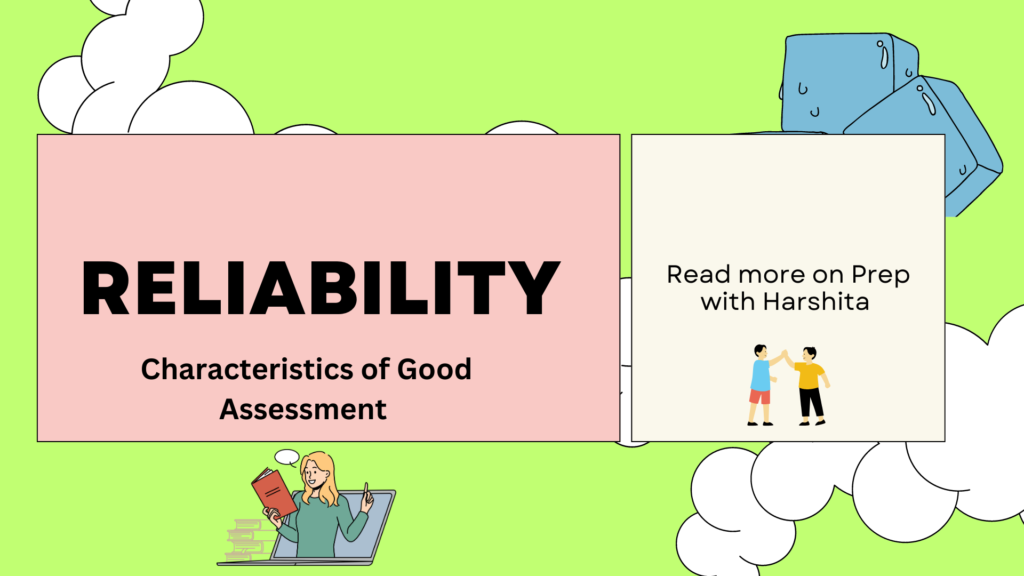
Also Visit: Prep with Harshita

